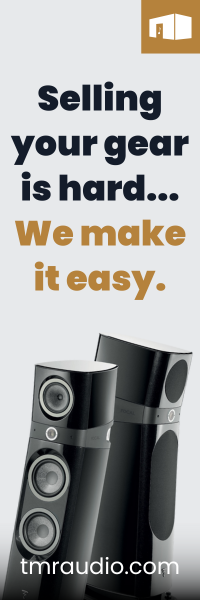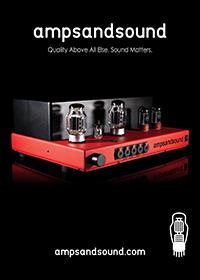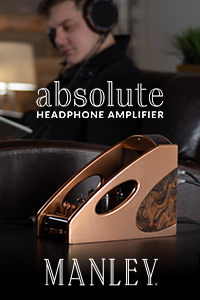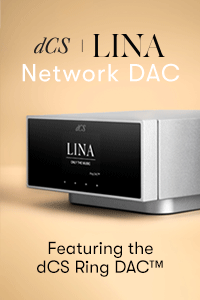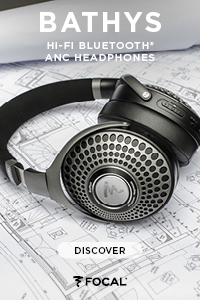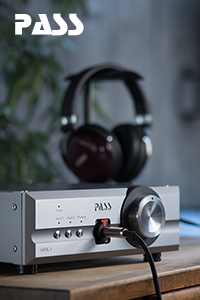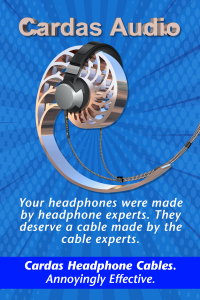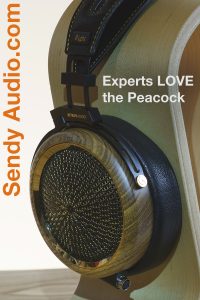
OPPO PM-1 Headphones
Since I’m not much of a headphone guy, it takes something special for me to leave the comfort of my listening room and put a pair of cans on my head. Few ‘phones have ever given me big enough goosebumps to do so, and those that did have all been planar or electrostatic. Read More >
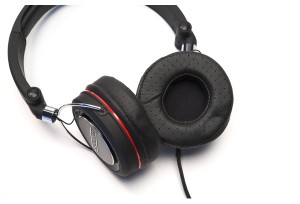
Musical Fidelity MF-100 Headphones
During my recent trip to the Sterling Sound mastering studio in New York City, where I visited with senior mastering engineer Greg Calbi, I had the rare privileged of listening to the new Beatles’ Yesterday and Today from Calbi’s chair. Read More >
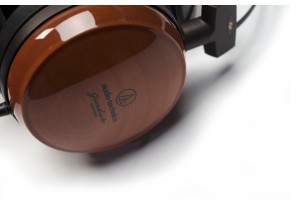
Audio-Technica ATH-W1000X Headphones
The Audio-Technica ATH-W1000X, which was introduced in 2011, is not a celebrity-endorsed headphone, nor does it come in a rainbow of colors. For $699, you get a headphone designed and engineered for discriminating listeners and music lovers, with ear cups made from American black cherry wood finished in an elegant violin gloss. Read More >
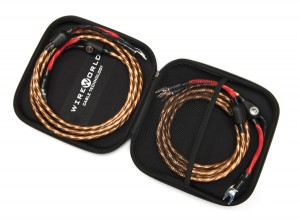
Wireworld Mini Eclipse 7 Speaker Cables
One sure way to start a war is to mention cable on any audiophile discussion forum. Yes, there are many who are convinced that cables are all crapola, conjured by sorcerers who want to separate you from your hard-earned money, offering nothing in return. Read More >

Issue 64
Features
Old School:
Acoustat 1+1 speakers
By Jerold O’Brien
Journeyman Audiophile
Stirling Broadcast SB-88 Speakers
By Jeff Dorgay and Mark Marcantonio
Personal Fidelity:
AURALiC Gemini 2000
By Jerold O’Brien
995:
MartinLogan Crescendo
By Jeff Dorgay
TONE Style
Wino:
Summer is the Reason for Rose!
By Monique Meadows
Sub Pop Record Store
Bosch EV Charger
Orange is the New Red:
We sample the new Jaguar F-TYPE Coupe with
Meridian sound
Music
Current Releases:
Fresh Releases in the Pop/Rock World
By the TONE Staff
Audiophile Pressings
Jazz & Blues
By Jim Macnie & Aaron Cohen
LIVE: Bob Mould in Chicago
By Bob Gendron
Snapshot: Gregg Allman
By Jerome Brunet
Previews
Conrad Johnson LP125sa Amplifier
VPI Nomad Turntable
Balanced Audio Technology VK-3000SE Integrated
From the Web
Boulder 865 Integrated
Plinisu Koru Phonostage
Reviews
Dynaudio Evidence Platinum Speakers
By Jeff Dorgay
Morel Octave 6 Limited Speakers
By Rob Johnson
Golden Ear Triton Seven Speakers
By Mark Marcantonio
Penaudio Cenya Monitors
By Jeff Dorgay
Burmester B10 Speakers
By Jeff Dorgay
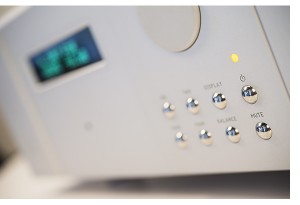
Boulder’s 865 Integrated Amplifier
Following Steve Martin’s vocal musings on “Late For School,” it becomes immediately apparent how well this integrated amplifier, Boulder’s entry-level piece, keeps track of pace and timing. Read More >

Lynn Hoffman’s “Private Sessions” Returns!
Indimusic.TV, the first “Social Media Broadcast Network” and the leading indie music 24/7 broadcast network worldwide, announced today that it is bringing back the Emmy Award-winning music and interview series “Private Sessions,” the best interview/performance music series of the last decade. Read More >

Leonard Cohen – The Future
Leonard Cohen’s The Future first hit my audio radar as a result of the Natural Born Killers soundtrack. Read More >
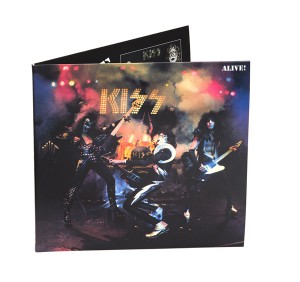
Kiss – Alive!
One of the things I’ve always admired about Gene Simmons is that he’s straightforward about being in the game for the money. Our pal Chad Kassem at Quality Record Pressings/Acoustic Sounds isn’t always quite so forthright, and I’ll cut him some slack because he wouldn’t know a great rock record if it bit him in the ass. Read More >

Aztec Camera – High Land, Hard Rain
Among guilty pleasure albums from the 1980s, Aztec Camera’s debut High Land, Hard Rain maintains a surprisingly regular appearance on my turntable. Read More >
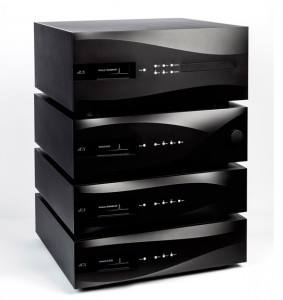
dCS Vivaldi Digital Playback System
Spending four days with the Aston Martin DBS a few years ago was an enthralling experience to say the least—and beyond definition to say the most—but a brief time in the company of something outside of your means can often skew your perspective. Read More >
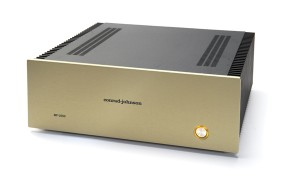
Conrad-Johnson MF2550 SE Amplifier
The generally accepted wisdom is that tube amps display a warm sound while solid-state amps offer more punch and control. Read More >
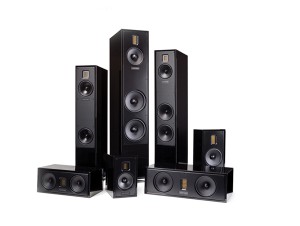
MartinLogan Expands Their Motion Speaker Series
MartinLogan, the world’s leader in electrostatic & Folded Motion™ loudspeaker technology, proudly announces the addition of three new powerful speaker models in their award-winning Read More >
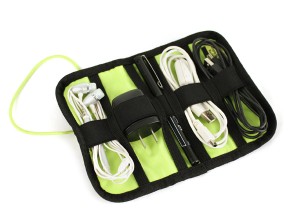
Skooba Design Cable Stable Rollup Kit
Always losing USB cables, in-ear phones and those new small chargers that come with the iPod and iPhone? The Skooba Design Cable Stable Rollup Kit barely takes up any space in your purse, briefcase or suitcase and holds four such items. Read More >
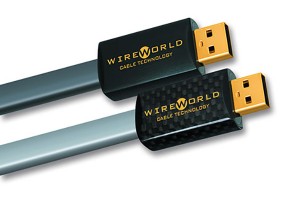
New USB cables from Wireworld…
Wireworld Cable Technology, one of the world’s most respected manufacturers of high performance audio and video cables, is releasing their Series 7 reference USB Audio cables, Platinum Starlight® 7 USB and Silver Starlight® 7 USB. Read More >
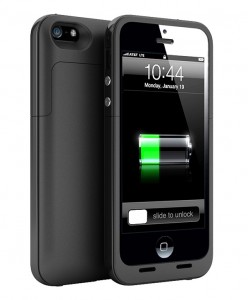
Maxboost Atomic Air External Battery and Case for iPhone 5
First the good news: the Maxboost significantly outperforms its published spec of doubling the battery life of an iPhone 5, it almost triples it. Read More >
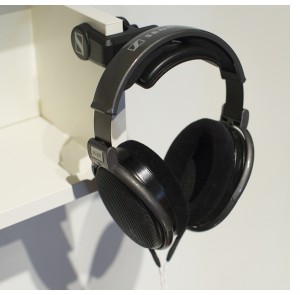
Sennheiser HH10 Headphone Holder
The saying goes, “you can’t have everything, because where would you put it?” The compact Sennheiser HH10 Headphone Holders go a long way at alleviating that problem. Read More >

Nerf N-Strike Elite Retaliator Blaster
Who wouldn’t want one of these? Whether attacking your kids, co-workers or spouse, this is the perfect way to take out your anger in a way that nobody gets hurt. Read More >
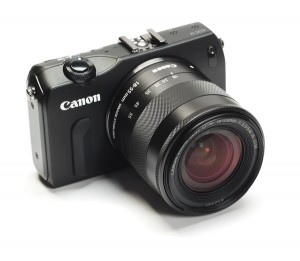
Canon EOS M Camera
We’ve been using Canon’s compact G-series digital cameras in succession since the G9, each one making incremental gains in performance over the last, both in terms of image capture and image processing. Read More >
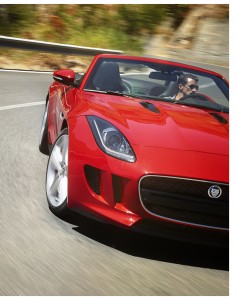
Jaguar F-TYPE Featuring Meridian High-Performance Audio
The new F-TYPE is a seductive, capable addition to the Jaguar fleet. Read More >
Please note that all TONE and TONE related text and images are copyright © 2005–2025 TONE Magazine and The Audiophile Apartment. The RSS feed provided is for personal, non-commercial use only.
If you are not reading this content in your news aggregator, RSS reader, or direct, then the site you are looking at may be guilty of copyright infringement. If you locate this anywhere, please contact [email protected] so we can take action immediately.




